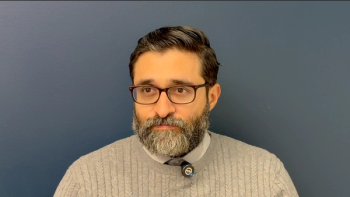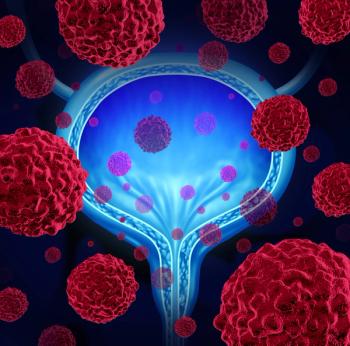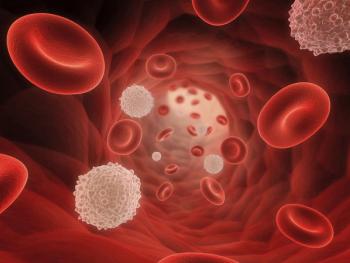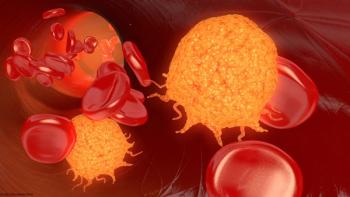
- ONCOLOGY Vol 12 No 5
- Volume 12
- Issue 5
Endoscopic Surgery for Adrenal Tumors: Not Quicker, Not Cheaper, but Better for Patients
Dr. Charles H. Mayo performed one of the first successful operations to remove a tumor from the adrenal glands in 1927. After 187 days in the hospital, the patient recovered completely.
Dr. Charles H. Mayo performed one of the first successful operations to remove a tumor from the adrenal glands in 1927. After 187 days in the hospital, the patient recovered completely.
Today, this relatively rare surgery is commonly done with endoscopes, tiny tubes that enable the surgeon to view and work inside the body through small incisions.In a recent publication of Surgery, Mayo Clinic surgeons compare the results of adrenal surgery done endoscopically with the traditional open way on a matched set of 100 patients. Their findings mimic those of other comparison studies, showing that minimal access surgery results in shorter hospitalizations, fewer complications, and quicker return to normal but slightly higher operating room costs. Specific findings are on Table 1.
Dr. Geoffrey Thompson, the author of the report, says that minimal access surgery is not necessarily easier, quicker, cheaper or safer. But it does have benefits for the patient and for society that are making it the procedure of choice for many purposes, including removal of adrenal tumors.
Articles in this issue
over 27 years ago
AIDS Among Persons Age ≥ 50 Years—United States, 1991-1996over 27 years ago
Resource Guide for Cancer Patients and Their Families Releasedover 27 years ago
Clinical Pathway for Pain Management Releasedover 27 years ago
New Publications About Bone Marrow Transplant Available for Patientsover 27 years ago
Herpes Simplex Virus Investigated for Treatment of Brain TumorsNewsletter
Stay up to date on recent advances in the multidisciplinary approach to cancer.


















































































